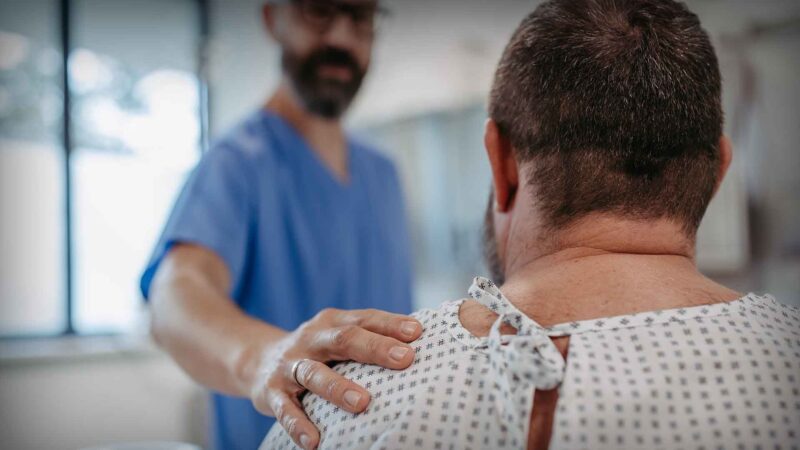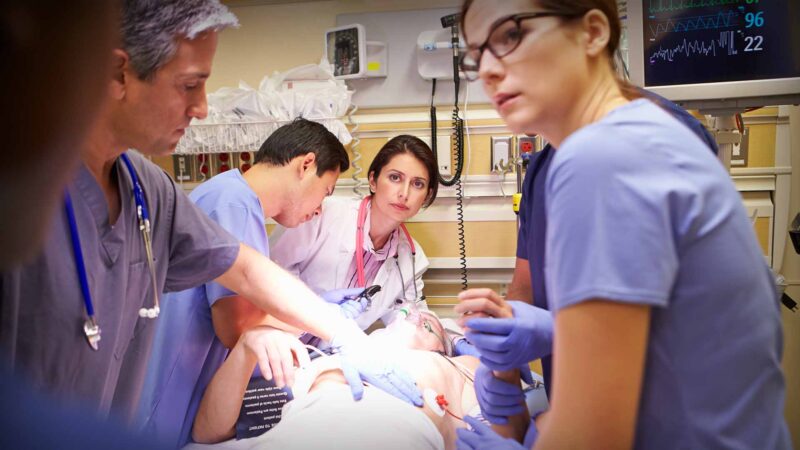DEVELOPING THE NEXT GENERATION OF MEDICINES THAT TARGET AND ENHANCE THE MICROBIOME Groundwork laid for a future of cultured microbiome therapies targeting specific diseases
INTERVIEW
Associate Professor Sam Forster, CSL Centenary Fellow, Research Group Head
Microbiota and Systems Biology, Hudson Institute of Medical Research
& Team Leader, Australian Microbiome Culture Collection
& Chief Scientific Officer, BiomeBank
Dr Sam Costello,
Co-founder & CEO
BiomeBank
SEGMENT
Filmed in Melbourne and Adelaide | December 2024
Australian Health Journal spoke to Associate Professor Sam Forster, Research Group Head, Microbiota and Systems Biology, Hudson Institute of Medical Research, Team Leader, Australian Microbiome Culture Collection & Chief Scientific Officer, BiomeBank and Dr Sam Costello, Co-Founder and CEO of BiomeBank about the microbiome, partnering and some of the breakthroughs in recent years.
Assoc Prof Forster describes the role of the microbiome, “Every one of us carries thousands of bacteria. Millions of individual cells, and they’re intimately associated with all sorts of sites on our bodies. So our gut is the most common place we think about, but our lungs, our skin, everywhere. Where there’s an interface, the external environment, there’s bacteria and other microbes that actually enable us to interface with the external world. They detect changes and they regulate our immune response.”
This can be really important from a health perspective because they indicate when things are going well, we should have a healthy state or something’s gone wrong, and there is an inflammatory response. This can then be detrimental, or it can help clear a particular condition.
“The microbes we carry are intimately associated with our health.”, says Assoc Prof Forster. He was the founder of the Australian Microbiome Culture Collection at Hudson that now contains over 40,000 bacterial isolates. This provides a resource for further research.
“All of these opportunities are available because we have this vast collection of microbes where we can say this particular combination for you is relevant for this experiment. Taking clinical samples, we then can replicate the host environment using microfluidic organ on-a-chip systems”, says Assoc Prof Forster.
Microbiome therapies involve modifying the body’s microbial communities to improve health. These treatments aim to restore balance to the microbiome, potentially alleviating conditions like inflammatory bowel disease, liver disorders, autoimmune diseases, and certain cancers.
The Hudson Institute of Medical Research and BiomeBank have partnered to advance microbiome-based therapeutics. Their collaboration focuses on identifying key bacteria involved in disease onset and resolution, particularly associated with the gut. By combining their expertise, they aim to develop targeted microbial therapies to treat and prevent diseases by restoring gut microbial ecology.
BiomeBank develops and delivers microbiome therapies. In 2022 BiomeBank was successful in introducing the world’s first approved donor derived microbiome therapy approved in Australia for the treatment of C. Difficile infection.
Through this collaboration, the Hudson Institute and BiomeBank are at the forefront of microbiome research, striving to translate scientific discoveries into effective therapies that can improve patient outcomes.
As Dr Costello states, “We see microbiome therapies evolving in the next few years from predominantly donor derived therapies that are harvested from screened healthy stool donors, towards cultured therapies that can be grown in bioreactors and produced under controlled conditions.”
Assoc Prof Forster has been involved in a number of breakthroughs in culturing previously thought to be unculturable organisms.
You Might also like
-
Lower back pain presentations in Emergency Department
Around 70 percent of people will experience lower back pain at some stage of their lives.
A recent study conducted over five years found one in three people suffering from lower back pain presented to hospital via an ambulance.In many cases people will attend an emergency department when they feel they can’t manage their pain or when treatments by community healthcare services have been ineffective or inaccessible due to location or cost. However, 90 per cent of people can get better on their own in a few weeks.
-
Addressing the perinatal mental health clinician shortage
Perinatal depression and anxiety (PNDA) impacts 100,000 Australians each year, equating to one in five mums and one in ten dads, with PNDA costing Australia $877 million annually. To address the nationwide shortage of specialist perinatal mental health clinicians, Gidget Foundation Australia has partnered with Federation University to launch the Graduate Diploma in Perinatal Mental Health.
-
Landmark research projects tackle critical issues in emergency healthcare
For two decades, the demand for emergency department services in Australia has outpaced population growth and wait times have increased. In 2022-2023 more than 8.8 million emergency department presentations occurred nationwide.
While demand is a contributing factor, EDs are currently being impacted by various factors across the entire health system.
The Emergency Medicine Foundation (EMF) is a non-profit organisation funding innovative Australian research that improves the way people are cared for in a medical emergency. The aim of the research is to deliver better and more effective health services to save lives and money.



